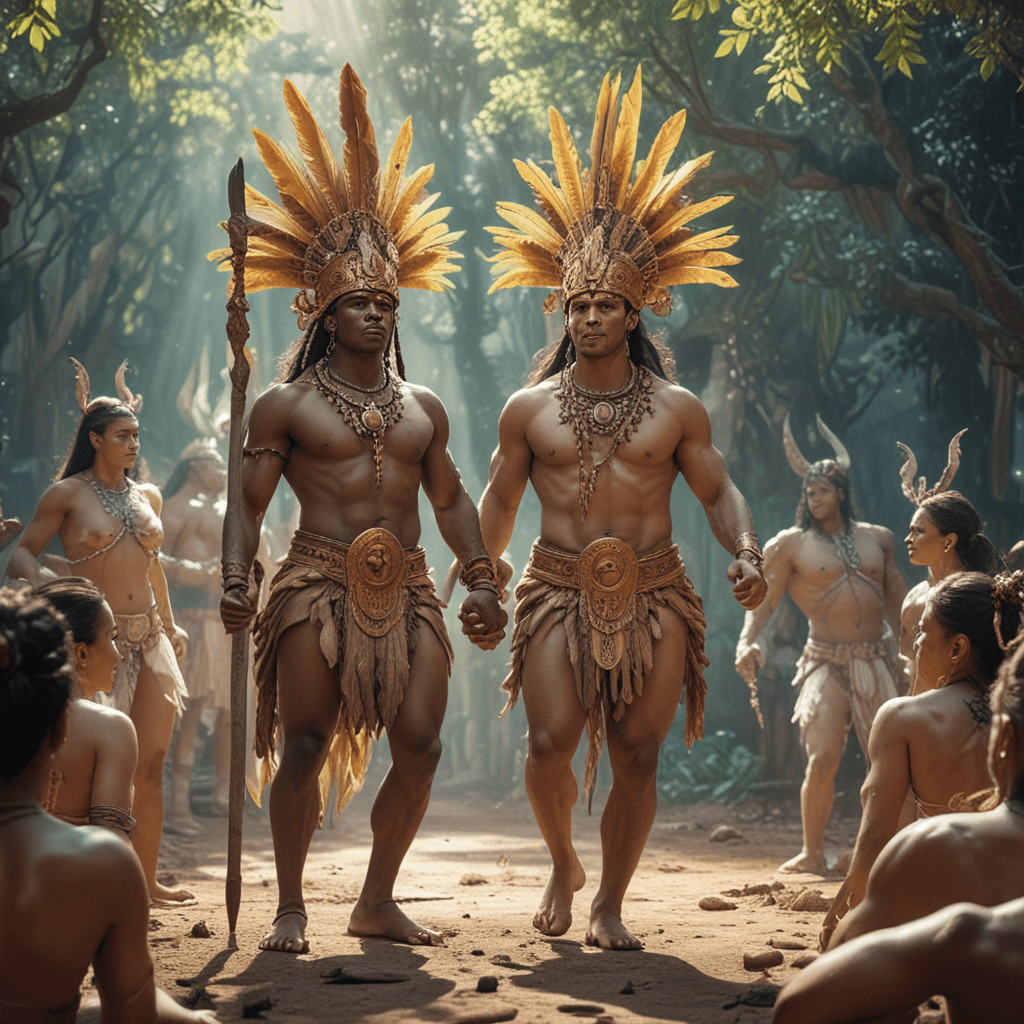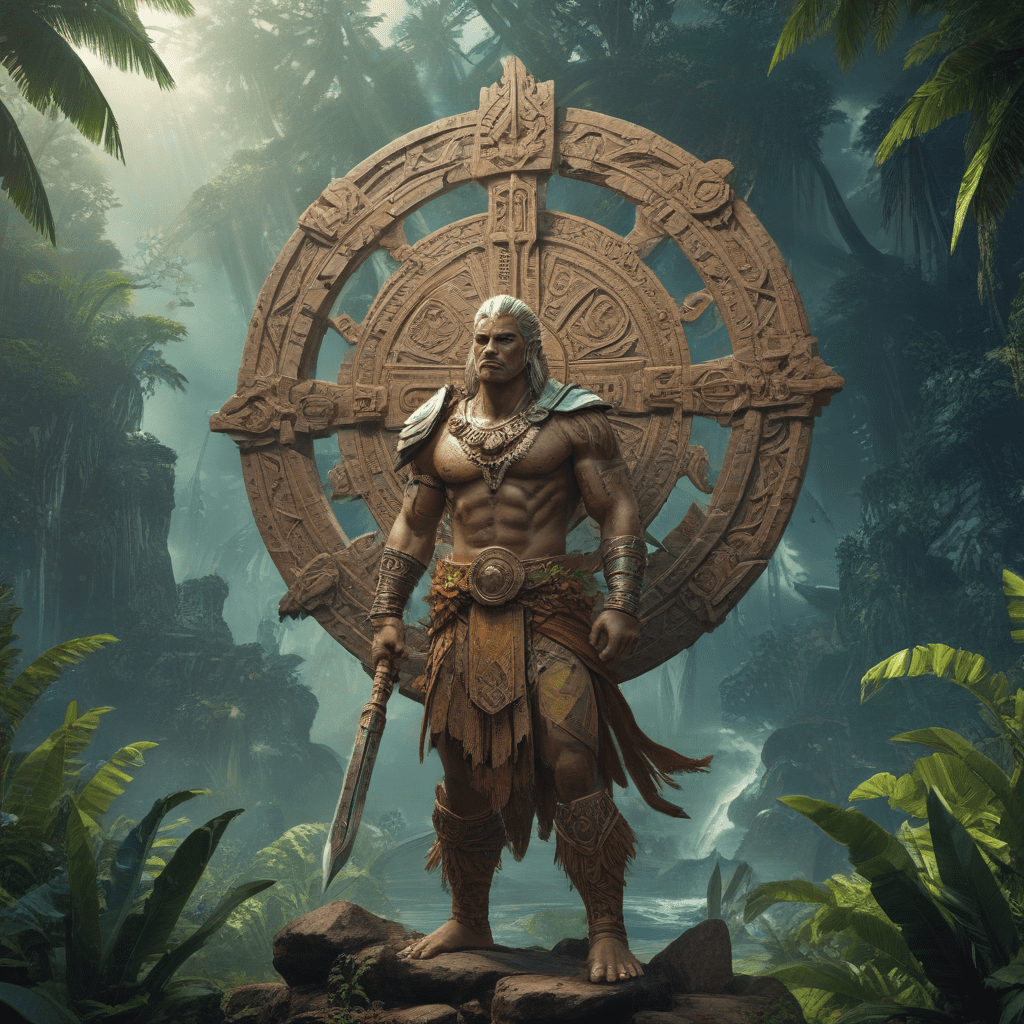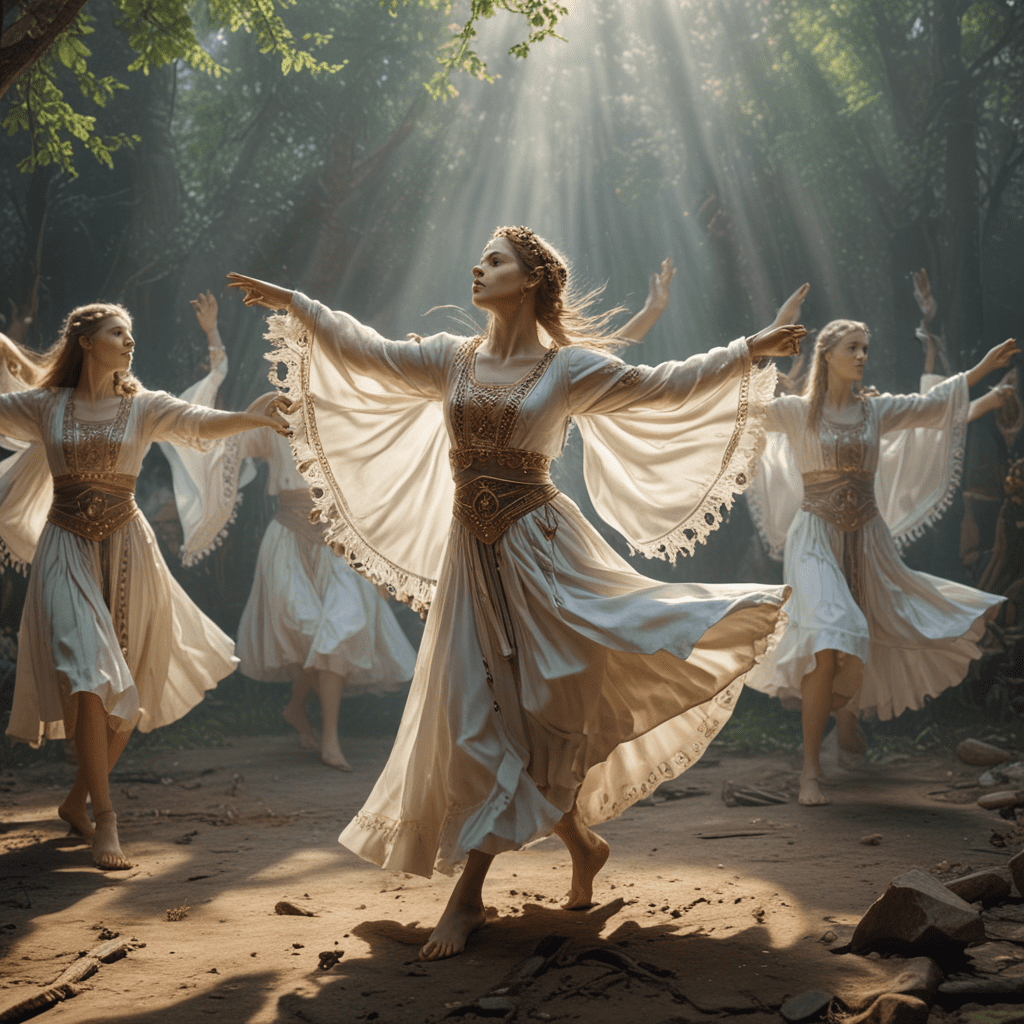Rituals and Ceremonies in South American Mythology: A Journey into Cultural Traditions
1. A Sun Worshiping Ceremony: Honoring the Divine Luminary
The Inca civilization held the sun in high esteem, regarding it as the supreme deity and the source of all life. Their elaborate sun worshiping ceremonies were a sacred expression of their devotion. The most important of these ceremonies was Inti Raymi, held annually during the winter solstice in June. During this festival, the Inca emperor would lead a grand procession to the Temple of the Sun in Cusco. Priests would offer sacrifices to the sun god, Inti, while the emperor and his court performed sacred dances and rituals. The ceremony would culminate in a grand feast and celebration, honoring the sun's return and the promise of new life.
2. The Rituals of the Mapuche: A Connection to Nature
The Mapuche people of Chile and Argentina have a deep reverence for nature, which is reflected in their spiritual rituals and ceremonies. Their most sacred ceremony is the Machi, performed by a spiritual healer known as a Machi. The Machi uses herbs, chants, and drumming to connect with the spirit world and heal the sick. The Mapuche also practice a form of ancestor worship, known as the Ngillatun, where they honor their deceased relatives and ask for their guidance and protection. These rituals are a testament to the Mapuche's strong connection to their land and the natural world.
3. The Ayahuasca Ceremonies of the Amazon: A Journey into the Spirit World
Ayahuasca is a powerful hallucinogenic brew used by indigenous tribes in the Amazon rainforest for spiritual and healing purposes. Ayahuasca ceremonies are led by a shaman, who guides participants through a journey into the spirit world. Participants often experience visions, insights, and a deep connection with nature. These ceremonies are considered to be a powerful tool for spiritual growth and healing, and are becoming increasingly popular among Westerners seeking spiritual experiences.
4. The Shamanic Rituals of the Shipibo People: A Bridge between Worlds
The Shipibo people of Peru are renowned for their rich shamanic traditions. Shipibo shamans use a variety of techniques, including chanting, drumming, and plant medicines, to enter altered states of consciousness and connect with the spirit world. They believe that the spirit world is inhabited by spirits that can cause illness or provide healing. Shamans act as intermediaries between these spirits and the human world, performing rituals to restore harmony and balance.
5. The Death Rituals of the Yanomami: A Transition to the Spirit Realm
The Yanomami people of the Amazon rainforest have a unique and elaborate set of death rituals. When a Yanomami dies, their body is painted with red annatto dye and their face is adorned with feathers. The body is then placed in a hammock and suspended from the roof of the deceased's house. Family members gather around the body and sing mourning songs. The Yanomami believe that the soul of the deceased travels to a spirit world, where they will live with their ancestors.
set of initiation ceremonies that mark the transition from childhood to adulthood. These ceremonies are known as the Quarup and are performed every few years. Young men and women are secluded from the community and undergo a series of physical and spiritual tests. They are taught about their culture, history, and traditions. The Quarup ceremonies culminate in a grand feast and celebration, where the young people are presented



